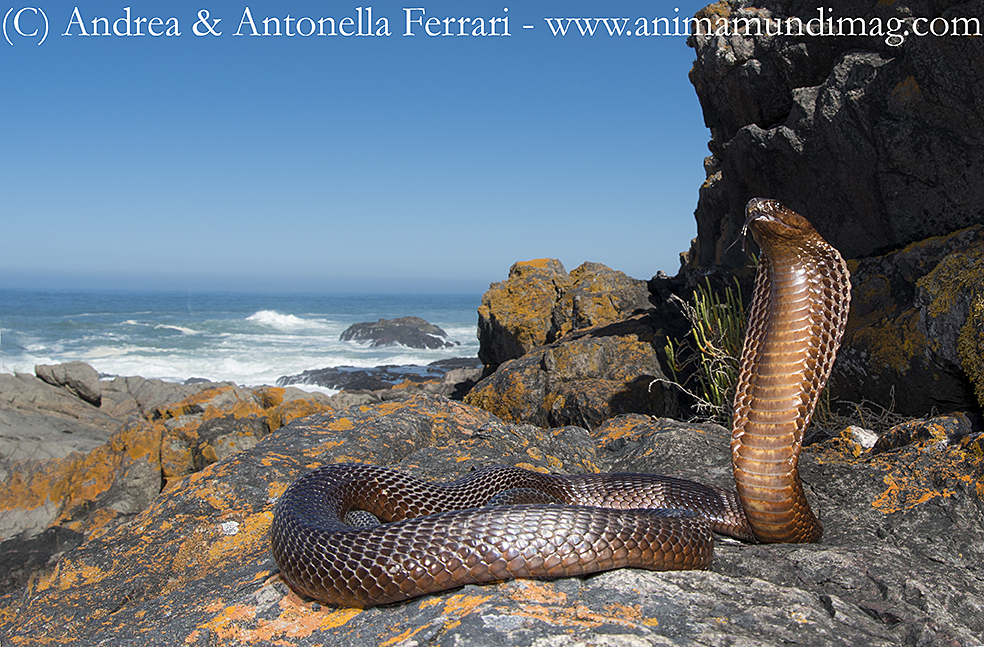I had the opportunity to speak to reputed wildlife photographers, Andrea and Antonella Ferrari, to learn about what makes them tick, and how wildlife photography has evolved with time.
Andrea and Antonella Ferrari started their journey as wildlife photographers over 30 years ago when the field was a relatively uncommon one. Since then, they have authored several magazine articles, guidebooks and coffee table books on underwater and terrestrial wildlife. Their adventures have taken them all over the world. They recently published a free online magazine, Anima Mundi, that not only has stunning photographs but also offers practical information and advice to wildlife photographers around the world.
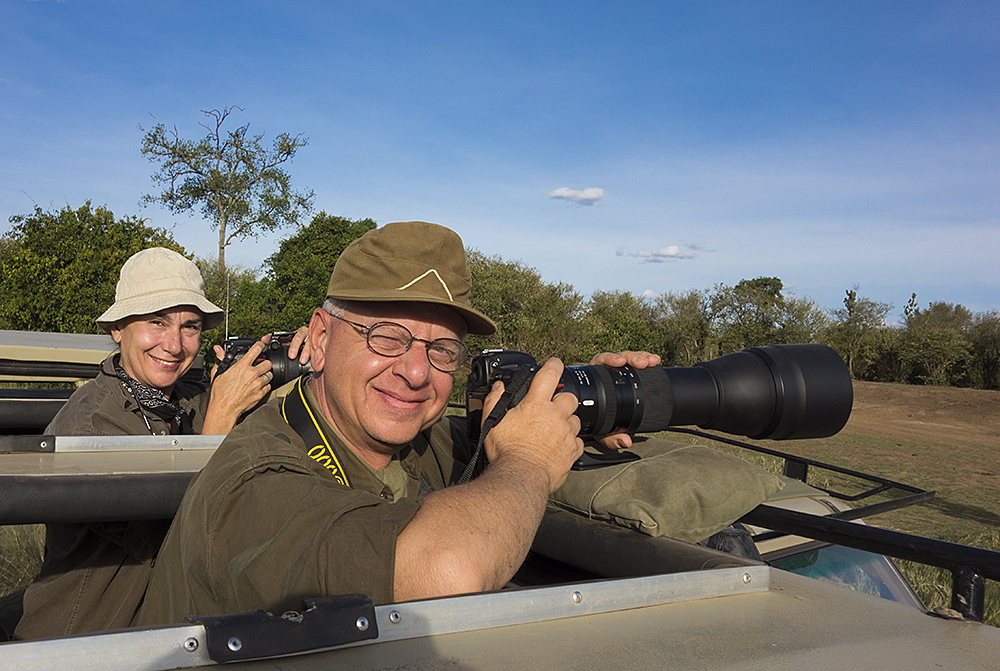
Andrea and Antonella Ferrari
I spoke to Andrea Ferrari about their collective experiences as wildlife photographers. Read on to see what he had to say!
What made you decide to become a wildlife photographer? How did you start?
Andrea: It was all quite gradual. I started travelling abroad by myself at 18. Back then I was most interested in ancient art and archaeology – therefore I first visited the Sahara desert, Sri Lanka, Nepal, and later India. There was a real thrill, an adventurous feeling, travelling all by myself to search for and explore ancient ruins. Visiting such exotic places gave me the opportunity to admire many strange and colourful animal species and my interest slowly turned towards wildlife photography. Land wildlife photography was always very expensive and most of the times, extremely frustrating for young people with limited time and means. My wife Antonella and I soon turned to underwater photography – there is always something to photograph underwater, no disappointments ever there! After 30+ years of scuba diving and underwater photography, we finally got tired of it (having won a world championship, and having published several marine life books in the meantime) and went back to our first love: land wildlife photography. Ten years ago, we started publishing our free online magazine, Anima Mundi – Adventures in Wildlife Photography, which is freely available to all at animamundimag.com
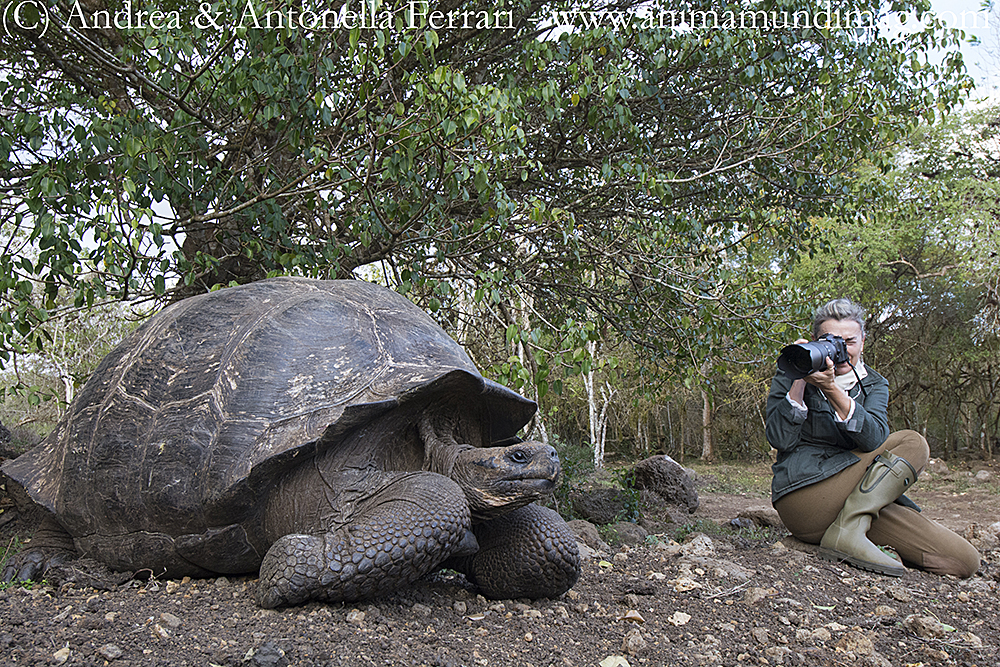
What gear do you use?
Andrea: I started with Pentax, but about 40 years ago, we turned to Nikon (and Fuji Velvia 50 ASA!) and never looked back. Today, we use two Nikon D500 bodies with Nikon, Sigma and Tamron lenses – we try to balance cost, performance, and above all – weight. But I also always reply to this question – “Why do you ask? If I show you a photo will you be able to tell me whether it was taken using Nikon or Canon or Sony gear? No, you won’t – so, what’s the point?”. I must also add that we are strong proponents of the use of zoom lenses as opposed to prime ones – maximum flexibility in the field to cope with unforeseen situations and lightweight for handheld use are most important for us. The Tamron 150-600 is my current lens of choice, for this reason exactly.
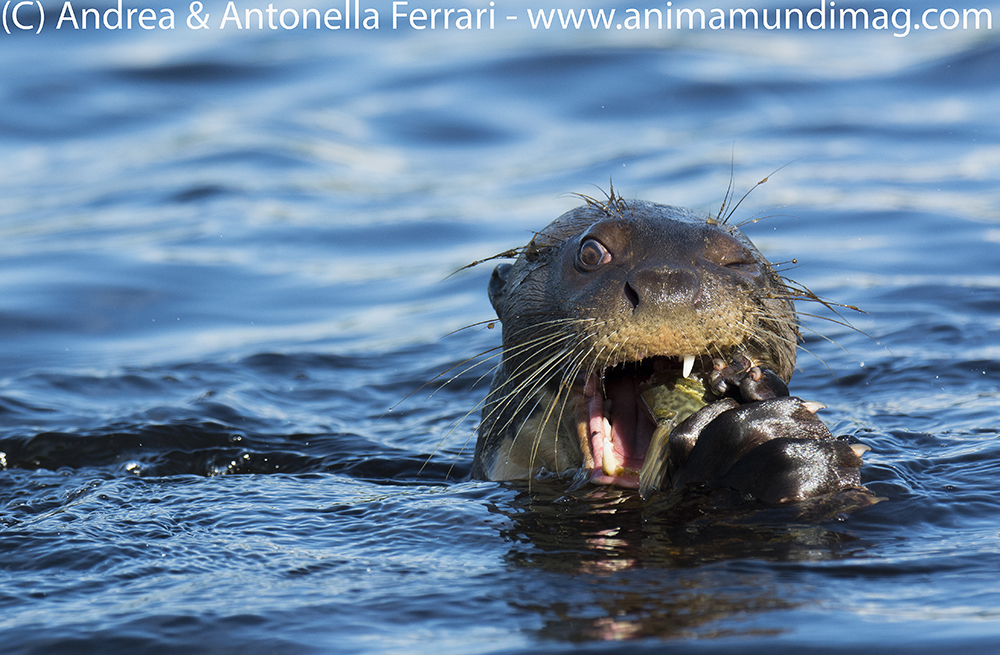
Black and white or coloured photographs? Which do you prefer and why?
Andrea: We don’t consider ourselves real “photographers” – we just try to document life as we see it, attempting to be faithful to reality. So our choice is — colour — because it’s closer to the reality we see. And therefore we keep our digital post-production to the very bare minimum, avoiding a lot of those Photoshop excessive tricks most people love to use nowadays. I laugh every time I see these “golden hour” wildlife photos on Facebook – as if we didn’t know it just takes sliding a temperature tab in PS to get that kind of light! We are no artists – we just try to share with others what we see and how we feel, to disseminate information.
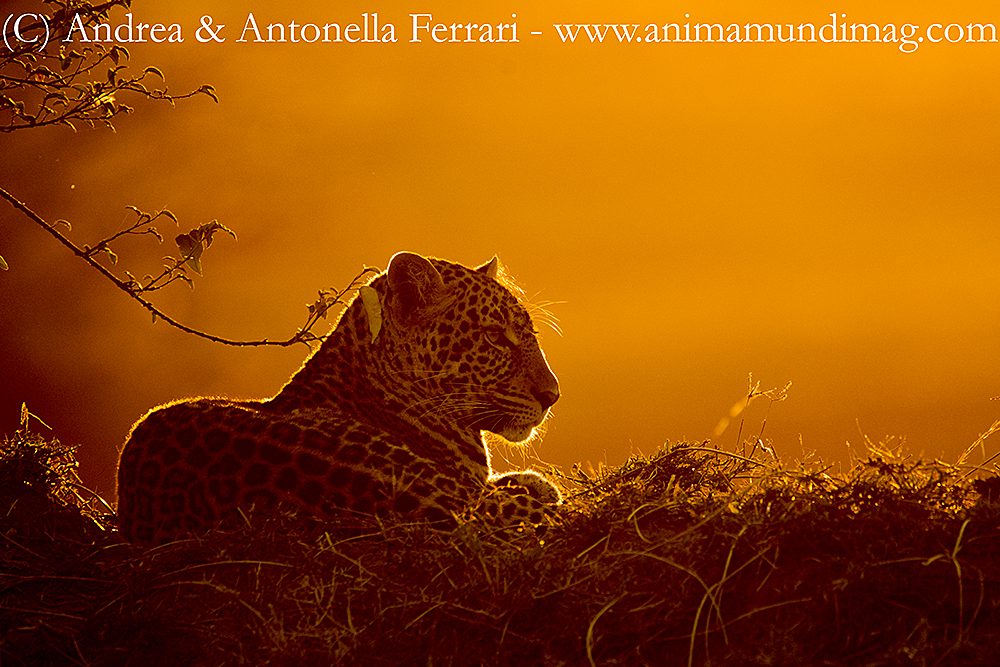
What has been your favourite animal/bird/reptile/insect to photograph so far?
Andrea: We have seen and photographed so many species that it is very difficult to reply to this question. The Oceanic Whitetip shark is a favourite of mine among underwater subjects; tiger and leopard possibly the ones we like most on land; and then snakes -- especially Pit vipers, which are some of my absolute favourites. But then, of course, we also love birds, frogs, bugs – we like them all!

When you set out, do you have a general idea of what you’d like to capture during the day? What does your pre-shoot research involve?
Andrea: Absolutely no pre-shoot research, we just take what comes – especially if we are on a car safari. We are convinced – based on experience – that luck really plays a very, very big part of what one will see. Of course, if we go walking we’ll get our macro and wide-macro gear along, but the fact that we are always together, the two of us, trekking in the forest, scuba diving on a coral reef or driving in the bush, allows us to always be ready with two different camera set-ups, being able to cope with different situations. Being a man and thus somewhat stronger, I carry the big lenses; Antonella tends to use shorter ones.
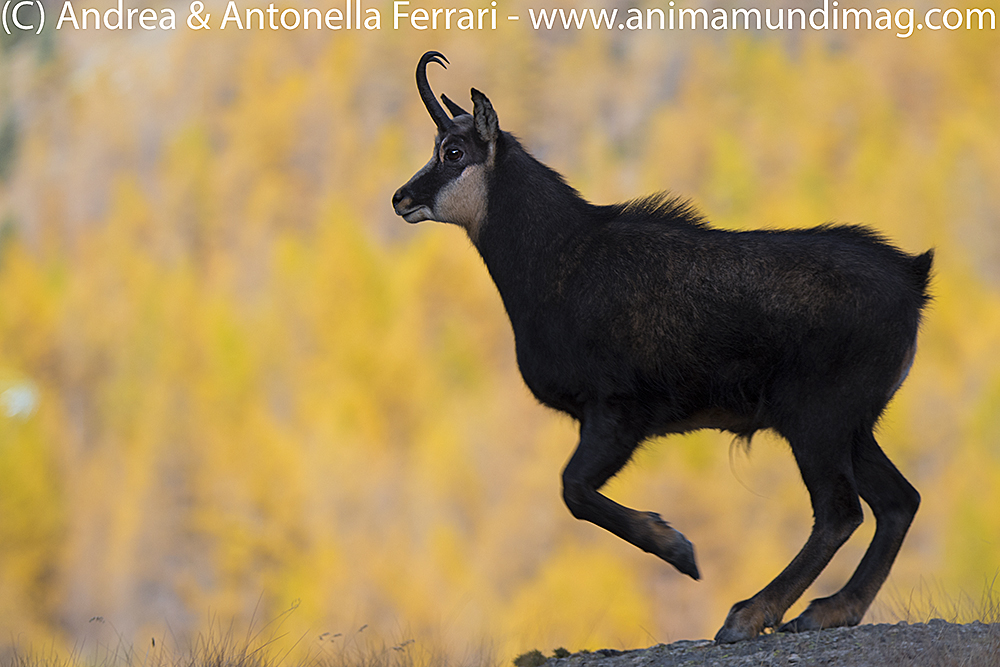
The conditions in the field can be strenuous. How do you deal with them?
Andrea: We don’t any more (laughs)! When we were younger, we faced incredible odds and many dangerous situations, especially in the open ocean, but when we started doing night hikes, up steep hills, covered in thick jungle and I started tripping and slipping and falling all over the place — we realised it was about time to switch to something easier. Time does, indeed, take its toll in this activity. So now we mostly do safaris on vehicles, and not too much walking, especially at night. We can face a lot of difficulties and discomfort during the day and we still have no problems with mosquitoes, leeches, ticks, snakes, hunger and thirst… but we have now reached an age when a nice, clean, comfy bed in the evening is a must!

Do you find it difficult to capture a moment when there are plenty of other tourists around? How do you deal with those situations?
Andrea: I find it very difficult and this is one thing which has been actually turning me off wildlife photography, of late. One must realise that when we started doing this, we were almost pioneers – young, full of enthusiasm, entering unknown territories and literally alone most of the time. It was a time of high adventure! But now there are people with smartphones, chatting and clicking and shouting almost everywhere, and that puts me off! If the sighting is good, I can cope perfectly with it, concentrate and keep shooting – the result won’t change, but the atmosphere, the feeling is so much different nowadays, and I don’t like it anymore.
